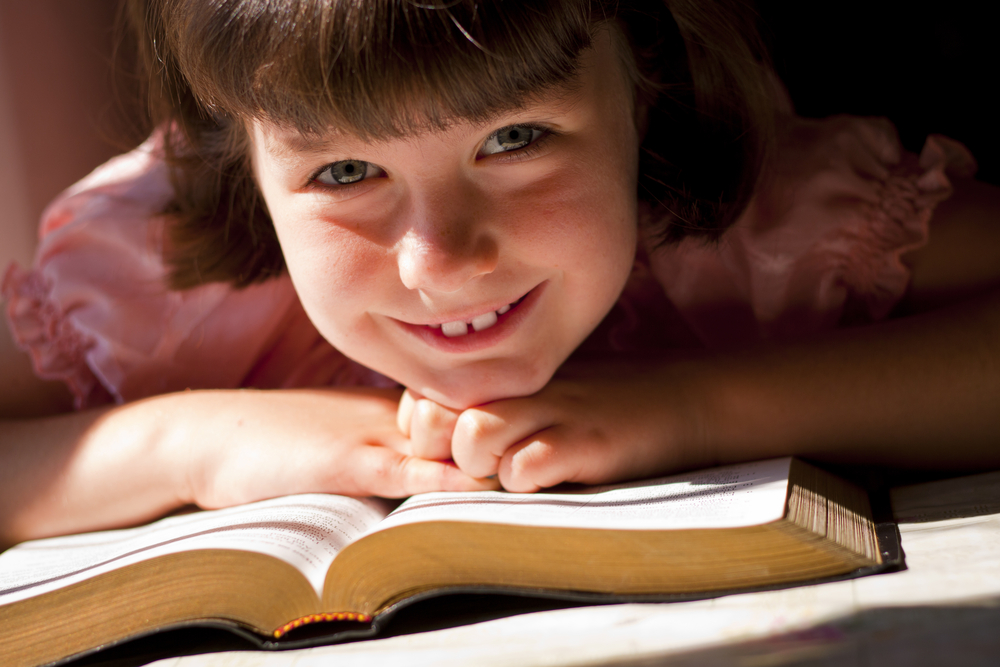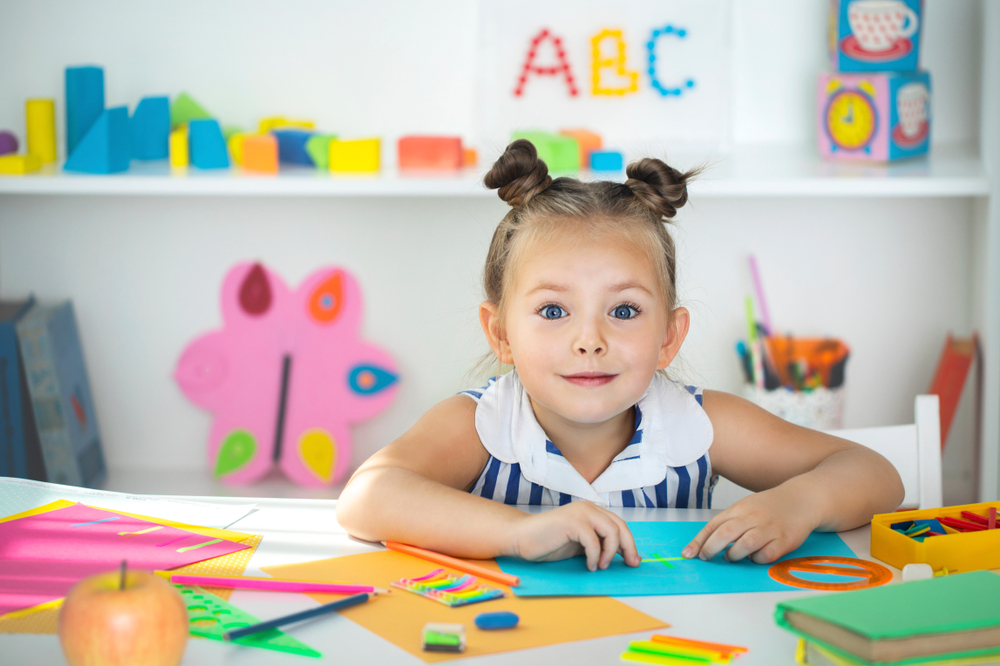Fostering a Love for God and His Word in Early Childhood Education Settings
The early years of a child’s life are some of the most formative. During this period, young minds are particularly receptive to foundational truths, values, and experiences that will shape their lifelong worldview. In a faith-based learning environment, educators have a remarkable opportunity to introduce children not only to letters and numbers, but also to God’s love and the foundational truths of His Word. When done thoughtfully and intentionally, early childhood education can cultivate a deep and lasting love for God and His Word, setting children on a path of faith that extends far beyond the classroom walls.
Creating a Spiritually-Rich Atmosphere in the Classroom
To instill a love for God and His Word, a child educational center in Greenwood, IN must first create an environment that exudes spiritual warmth and consistency. The physical setting, daily routines, and attitudes of educators all contribute to this atmosphere. Classrooms adorned with scripture-based posters, Bible story visuals, and symbols of faith subtly reinforce God’s presence. More than just décor, these visual elements serve as reminders that God is central to the learning journey.
The tone set by the educators is equally vital. When teachers model a genuine love for Jesus through their speech, actions, and reactions, children absorb that authenticity. Prayer before snacks, Bible reading during circle time, and songs of praise become not just spiritual activities but cherished moments of the day. When children see that their teachers prioritize their relationship with God, they come to understand that faith is not an add-on—it’s the very foundation of life.
Bible Stories and Scripture as Tools for Transformation
Stories are among the most powerful tools in early childhood education. They captivate young minds, spark imagination, and convey values. Within a faith-based context, Bible stories become an indispensable avenue for helping children understand who God is, how He works in the world, and how deeply He loves them. Classic narratives like Noah’s Ark, David and Goliath, Daniel in the Lions’ Den, and the life of Jesus provide tangible examples of faith, courage, obedience, and grace.
In a child educational center in Greenwood, IN, Bible stories should not be treated as isolated tales with moral lessons but as interconnected chapters in God’s grand narrative. Educators can emphasize that every story in the Bible ultimately points to Jesus, helping children see the continuity and purpose of Scripture. Interactive storytelling, using puppets, felt boards, and reenactments, ensures that even the youngest children remain engaged and invested. Repetition and routine are also essential—hearing the same stories across weeks and seasons builds familiarity and a sense of comfort, gradually embedding God’s Word into their hearts.
Moreover, integrating memory verses into daily routines encourages children to internalize Scripture. When a child can confidently recite, “The Lord is my Shepherd” or “Jesus loves me,” they aren’t merely parroting words; they are sowing seeds of truth that will blossom in due time.
Nurturing Spiritual Disciplines from a Young Age
Developing spiritual habits doesn’t need to wait until adolescence or adulthood. In fact, introducing spiritual disciplines in age-appropriate ways during early childhood builds rhythms that can last a lifetime. For children in a faith-centered early learning environment, prayer, worship, gratitude, and reflection can become natural parts of their everyday experience.
Daily prayer—whether thanking God for food, asking Him to help a sad friend, or praising Him for sunshine—teaches children that God is always present and always listening. When educators give space for children to pray in their own words, they reinforce the idea that prayer is personal and accessible. Similarly, music and worship, through lively songs with movements and simple lyrics, offer children a joyful way to express their love for God.
Gratitude is another spiritual discipline that can be nurtured early on. Encouraging children to name things they’re thankful for during morning meetings or at the end of the day builds an awareness of God’s goodness. Reflection, even at a basic level, can also be encouraged by asking children questions like, “How did you see God’s love today?” or “What did you learn about Jesus this week?” While their answers may be simple, these prompts lay the groundwork for spiritual awareness and introspection.
A child educational center in Greenwood, IN that actively supports these disciplines in its curriculum and culture fosters a climate where faith becomes personal and meaningful for every child.
Engaging Families in the Spiritual Growth of Their Children
Faith formation doesn’t happen in a vacuum, nor should it be confined to the classroom. Engaging families in the spiritual development of their children creates a powerful partnership that multiplies the impact of early faith education. A strong child educational center in Greenwood, IN will see parents not merely as clients, but as co-disciples in the spiritual journey of their children.
Open lines of communication with families are critical. Sharing what Bible stories are being taught, what memory verses are being learned, and what spiritual themes are being emphasized equips parents to reinforce these lessons at home. Weekly newsletters, take-home devotionals, or family prayer guides extend the learning beyond school hours and integrate faith into the home.
Family events—like a “Faith & Family Night,” holiday worship services, or parent-child devotion times—also serve to deepen these bonds. When children witness their parents engaging with Scripture and prayer in communal settings, it affirms that faith is not just for Sundays or school but is a lifestyle.
Educators can also model grace and prayer in their interactions with parents, providing encouragement and even spiritual guidance when needed. Building a community where both children and adults are nurtured in faith enriches the learning environment and deepens everyone’s connection to God and His Word.
Long-Term Impact: Cultivating Disciples, Not Just Students
The ultimate goal of early childhood education in a Christian setting is not simply academic excellence but spiritual formation. At the heart of it all is the desire to see children grow into disciples—individuals who know God, love Him deeply, and live out His Word with confidence and conviction.
This long-term vision requires intentionality from every corner of the child educational center in Greenwood, IN. From curriculum design to teacher hiring, from classroom routines to family engagement, every aspect must reflect the priority of Christ. Investing in faith-based early education means laying down the roots of discipleship at the very beginning of a child’s journey.
Over time, the fruits of these efforts become evident. Children who have been immersed in God’s Word, who have experienced authentic worship, and who have learned to pray and reflect, often grow into resilient, compassionate, and faith-driven individuals. They are more likely to maintain a biblical worldview, demonstrate empathy and kindness, and navigate life’s challenges with spiritual maturity.
Moreover, these children become light-bearers in their communities. Whether they remain in Christian schools or transition to public settings, the foundation they’ve received enables them to be salt and light in an increasingly secular world. And while academic preparedness remains a key metric of early education, spiritual readiness is equally—if not more—critical in shaping whole, healthy, purpose-driven lives.
Conclusion
Fostering a love for God and His Word in early childhood education settings is both a calling and a privilege. For a child educational center in Greenwood, IN committed to this mission, the rewards are eternal. Through thoughtful instruction, engaging storytelling, spiritual discipline, and family partnership, such centers plant seeds of faith that grow into unshakeable roots. The result is not just educated children—but transformed hearts ready to shine for Christ in every corner of the world.
Need a Child Educational Center in Greenwood, IN?
Established in 2017, we here at Kids Kingdom Early Learning Center are a child care and learning center located in Greenwood, Indiana. We specialize in providing a variety of services including daily nondenominational Christian education, before care and aftercare services, Paths to QUALITY™ Level 3 provider, On My Way Pre-K Provider, director-led weekly Bible learning time, military discounts, available through NACCRRA, Kindergarten readiness, CCDF provider, and more for children from newborn to 6 years old. As a family-owned and operated business, we value providing Christian education and quality services. Contact us for more information or come visit us today!






